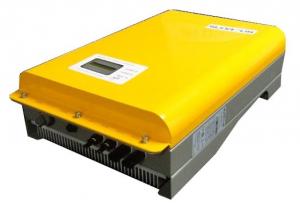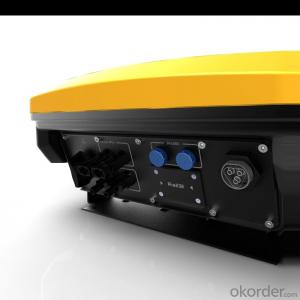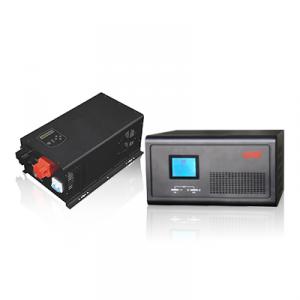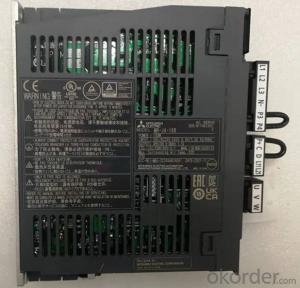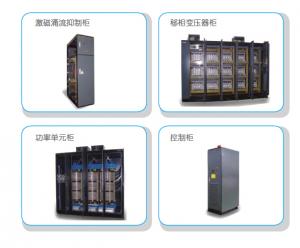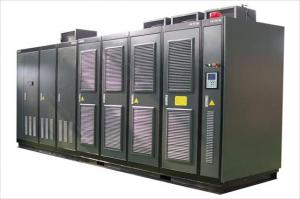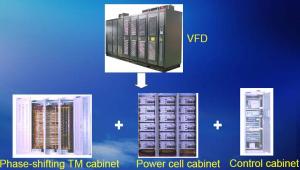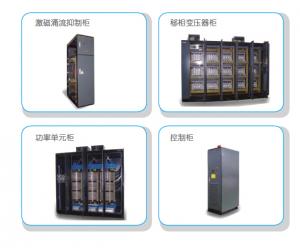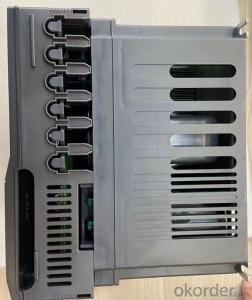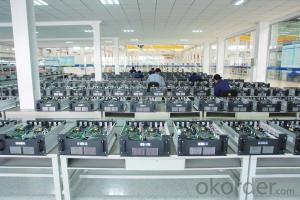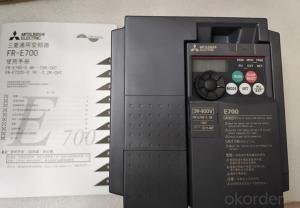Home Solar System Inverter
Home Solar System Inverter Related Searches
Home Solar Inverter Home Solar Power Inverter Solar Home Inverter Home Solar Panel Inverter Home Solar Inverter System Solar House Inverter Solar System Inverter For Home House Solar Inverter Solar System Inverter Household Solar Inverter Domestic Solar Inverter Inverter For Home Solar System Solar Inverter Inverter Solar Solar Inverter Home Depot Solar Inverter Inverter For Home Solar Solar Inverter For Home Solar Energy Inverter For Home Solar Converter Inverter Solar Power Inverter For Home Solar Energy Inverter Solar Panel Inverter For Home Inverter Solar Inverter Inverter Solar Inverter Solar System Solar System Hybrid Inverter Solar Panels Inverter Solar Power Inverter System Solar Power Plant Inverter Solar Inverter SystemHome Solar System Inverter Supplier & Manufacturer from China
Home Solar System Inverter is a crucial component in residential solar energy systems, responsible for converting the direct current (DC) generated by solar panels into alternating current (AC) that can be used by household appliances and fed back into the electrical grid. This product plays a vital role in ensuring the efficient and reliable operation of home solar systems, making it an essential investment for those looking to harness renewable energy.The Home Solar System Inverter is widely used in various scenarios, such as residential rooftop installations, off-grid solar systems, and grid-tied solar setups. It is designed to handle different power capacities, catering to the varying energy needs of households. This product is also compatible with a range of solar panel types and configurations, making it a versatile choice for solar energy enthusiasts and professionals alike.
Okorder.com is a leading wholesale supplier of Home Solar System Inverters, boasting a vast inventory of high-quality products from reputable manufacturers. With a commitment to customer satisfaction, Okorder.com offers competitive prices, fast shipping, and excellent customer service, making it the go-to platform for those in search of reliable and efficient solar inverters for their home solar systems.
Hot Products

























